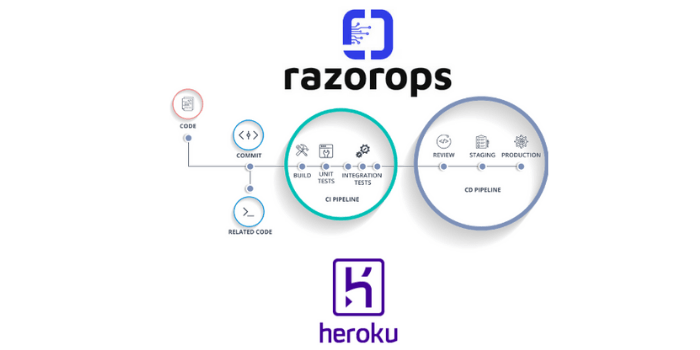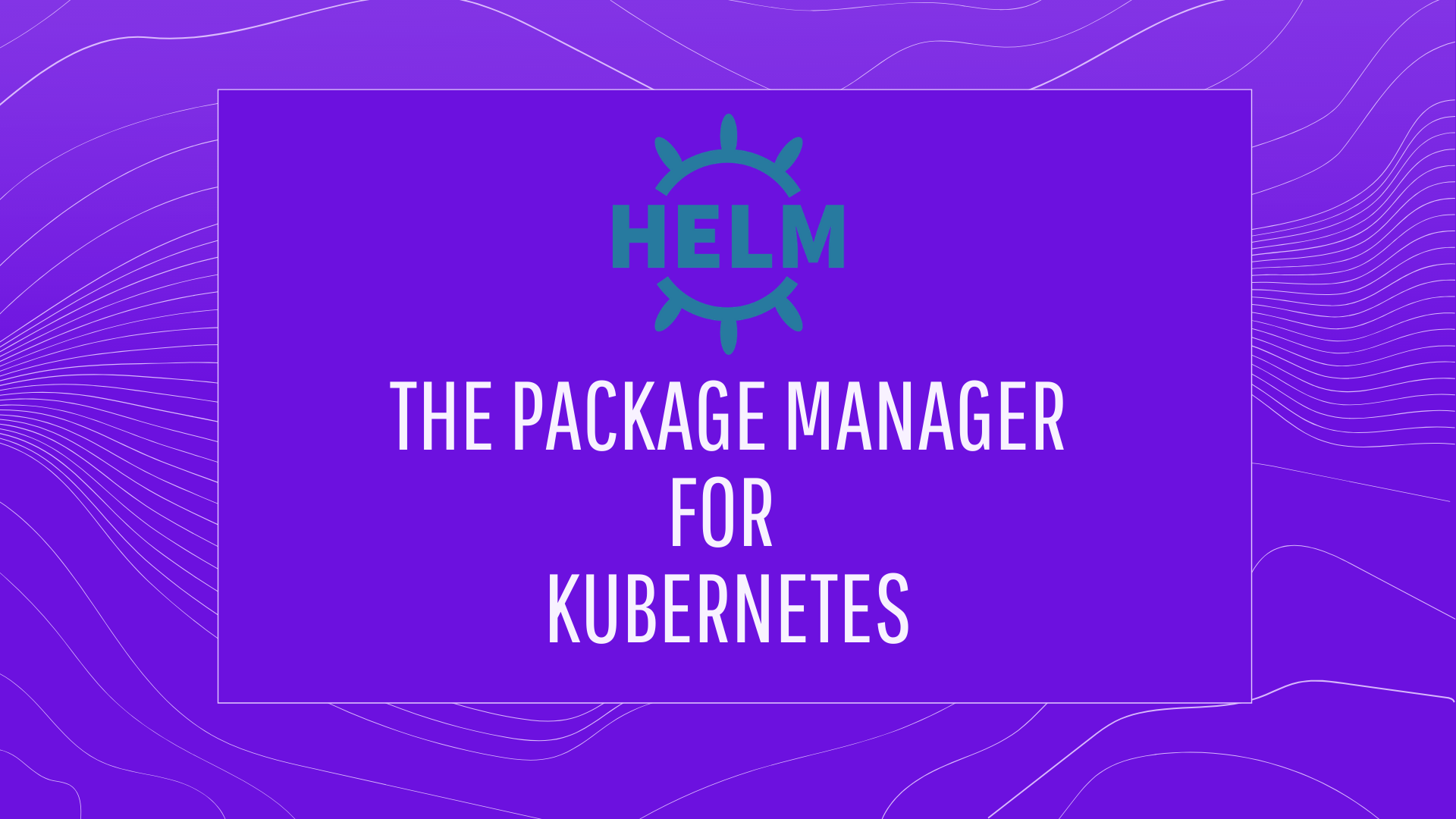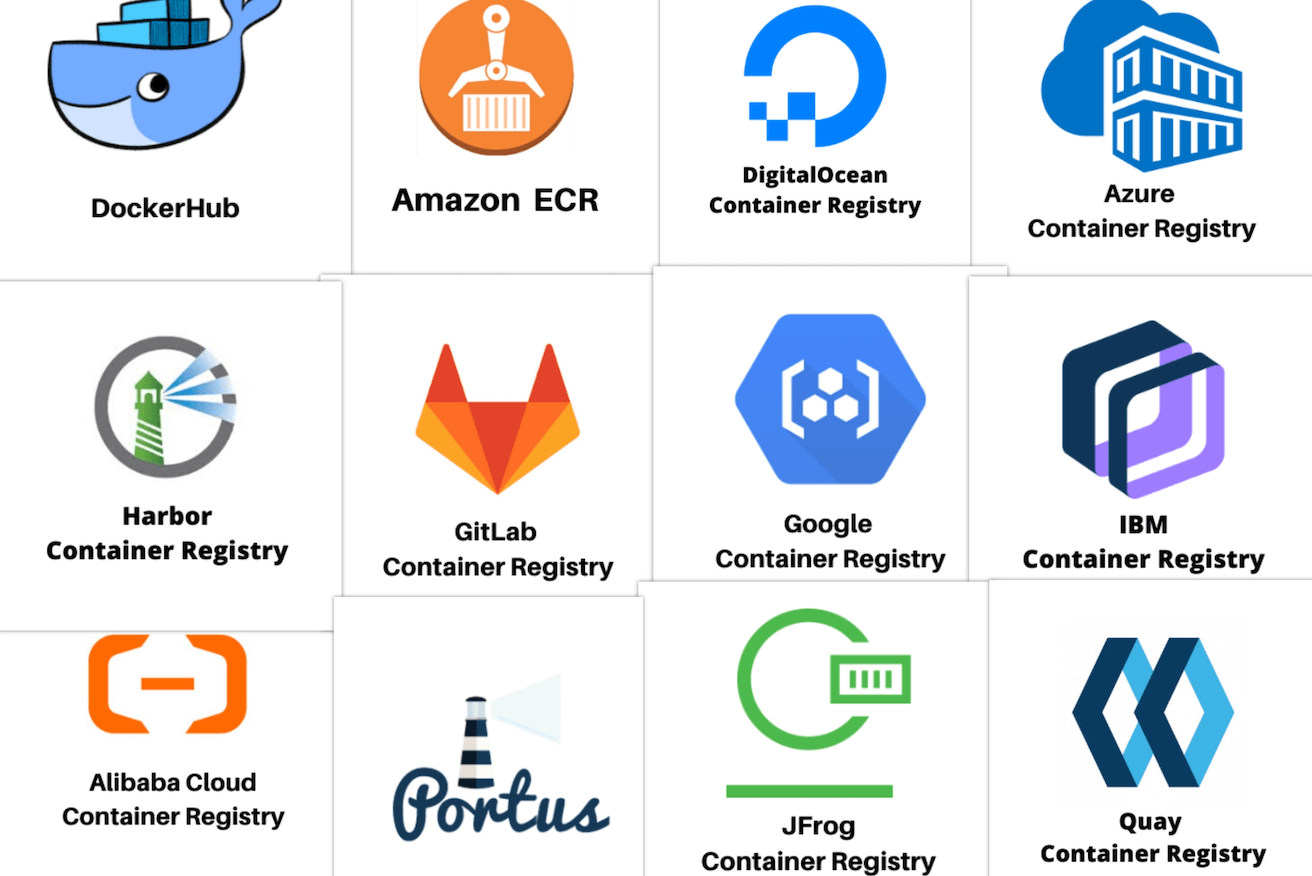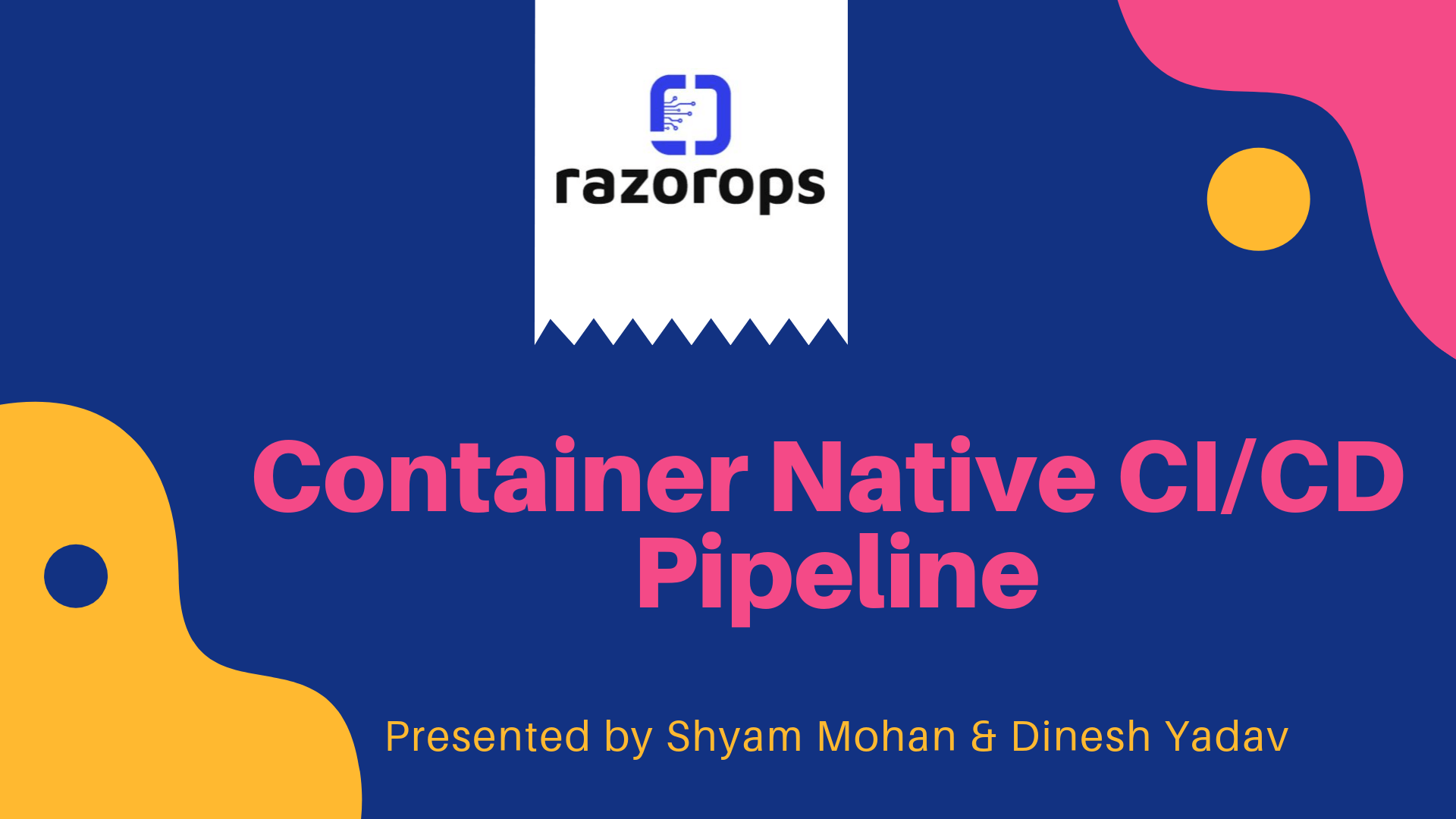Core CI/CD Concepts: A Comprehensive Overview

Core CI/CD Concepts: A Comprehensive Overview
In the fast-paced world of software development, the ability to quickly and reliably deliver software is paramount. This need has led to the evolution of CI/CD—Continuous Integration, Continuous Delivery, and Continuous Deployment—practices that streamline and automate the development lifecycle. Below, we explore these core CI/CD concepts and related automation practices that are transforming the software industry.
Continuous Integration (CI)
Continuous Integration (CI) is a development practice where developers frequently integrate code changes into a shared repository, ideally multiple times a day. Each integration is automatically verified by running automated tests to detect errors quickly. CI aims to prevent integration problems, allowing teams to develop cohesive software faster and more efficiently.
Key Benefits of CI:
- Early detection of bugs and issues.
- Improved collaboration among team members.
- Reduction in integration problems and easier merging of code changes.
- Fast feedback loops on the health of the codebase.
Continuous Delivery (CD)
Continuous Delivery (CD) extends CI by ensuring that code changes are automatically prepared for a release to production. This involves rigorous automated testing beyond just unit tests, including integration tests, acceptance tests, and performance tests. The goal is to have a codebase that is always in a deployable state.
Key Benefits of CD:
- Reduced risk of deployment failures.
- Faster time to market for new features and bug fixes.
- More reliable and predictable releases.
- Enhanced ability to respond to market changes and customer feedback.
Continuous Deployment
Continuous Deployment takes Continuous Delivery a step further by automatically deploying every code change that passes the automated tests to production. This means every change that passes the automated pipeline goes live without human intervention.
Key Benefits of Continuous Deployment:
- Accelerated deployment process.
- Immediate delivery of new features and fixes.
- Consistent and reliable production environments.
- Increased developer productivity and morale by reducing manual deployment tasks.
Pipeline Automation
Pipeline automation involves automating the sequence of processes that make up the software development lifecycle, from code commit to deployment. This typically includes building, testing, and deploying the application. Pipelines ensure that code changes go through a consistent, repeatable process, minimizing errors and increasing efficiency.
Key Components of a CI/CD Pipeline:
- Source code management (SCM) integration.
- Automated builds and tests.
- Artifact storage and management.
- Deployment automation.
Build Automation
Build automation is the process of automatically compiling source code into executable binaries or applications. This includes tasks such as compiling code, packaging binaries, and running automated tests. Build automation is a crucial part of the CI process, ensuring that every code change is validated and integrated continuously.
Key Benefits of Build Automation:
- Consistent and repeatable builds.
- Faster development cycles.
- Reduced human error in the build process.
- Improved developer productivity.
Deployment Automation
Deployment automation automates the process of deploying applications to different environments, such as staging, testing, and production. It ensures that deployments are consistent and repeatable, reducing the risk of human error and deployment failures.
Key Benefits of Deployment Automation:
- Faster and more reliable deployments.
- Reduced downtime and improved system stability.
- Enhanced scalability of deployment processes.
- Consistent application configurations across environments.
DevOps Automation
DevOps automation encompasses the broader practice of automating all aspects of the software development and operations lifecycle. This includes CI/CD, infrastructure provisioning, monitoring, and incident response. DevOps automation aims to increase efficiency, improve collaboration, and enable continuous delivery of value to customers.
Key Benefits of DevOps Automation:
- Accelerated development and deployment cycles.
- Improved collaboration between development and operations teams.
- Enhanced system reliability and performance.
- Faster identification and resolution of issues.
Infrastructure as Code (IaC)
Infrastructure as Code (IaC) is the practice of managing and provisioning computing infrastructure through machine-readable scripts or configuration files, rather than through manual processes. IaC enables automated, consistent, and repeatable infrastructure provisioning, making it a cornerstone of DevOps and CI/CD practices.
Key Benefits of IaC:
- Consistency and reproducibility of infrastructure.
- Faster provisioning and scaling of resources.
- Improved infrastructure management and version control.
- Reduced risk of configuration drift and human error.
Container Orchestration
Container orchestration involves managing the lifecycle of containers, including deployment, scaling, and networking. Tools like Kubernetes enable automated management of containerized applications, ensuring they run efficiently and reliably in production environments.
Key Benefits of Container Orchestration:
- Simplified management of containerized applications.
- Automated scaling and load balancing.
- Enhanced application portability and consistency.
- Improved resource utilization and efficiency.
Microservices
Microservices architecture involves building applications as a collection of small, loosely coupled services that communicate over well-defined APIs. Each microservice is independent, allowing for more granular and scalable development, testing, and deployment.
Key Benefits of Microservices:
- Improved scalability and flexibility of applications.
- Faster development and deployment cycles.
- Enhanced fault isolation and system resilience.
- Easier maintenance and continuous delivery of services.
Conclusion
The integration of CI/CD concepts and automation practices has revolutionized the software development landscape. By embracing Continuous Integration, Continuous Delivery, Continuous Deployment, and related automation technologies, organizations can achieve faster, more reliable, and scalable software delivery. These practices not only enhance productivity and collaboration but also ensure that applications can rapidly adapt to changing market demands and customer needs.








